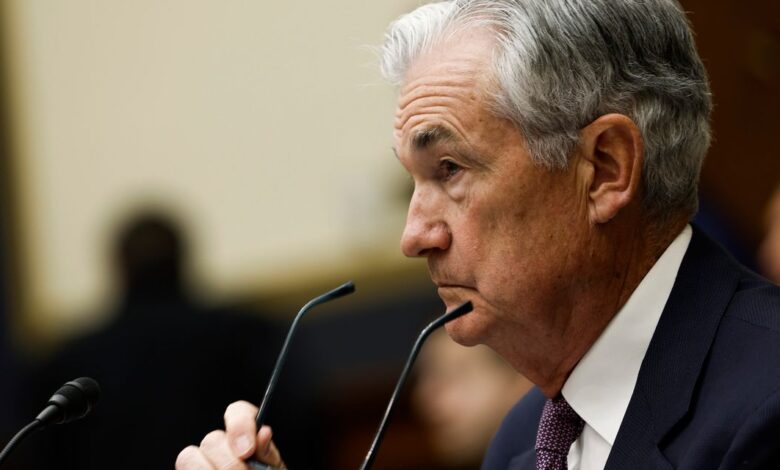Want to know the precise number of jobs that would push the Fed to hike by 50 basis points? There isn’t one.

[ad_1]
Federal Reserve Chairman Jerome Powell this week said the central bankers would consider reaccelerating the pace of interest-rate hikes if February economic data continued to show a stronger economy and higher inflation than had been expected.
That leads to the next obvious question — is there a precise number of net job gains that would guarantee a half-percentage-point hike at the March 21-22 meeting?
Unfortunately, the Fed’s decision can’t be boiled down to a single number, said Avery Shenfeld, chief economist of CIBC World Markets. “I don’t think there is a precise number that puts the whole thing together,” Shenfeld said.
Economic calendar: On the docket for the coming days are not only nonfarm payrolls and CPI but PPI and retail-sales data
He said investors will have to take a look at the February consumer inflation report, to be released Tuesday, before they will have a firm grasp on whether the Fed will hike by 25 basis points or 50 basis points, he said.
“You have to look at those two reports and judge what they said together,” Shenfeld said.
At the moment, CIBC is sticking with its call for a 25-basis-point interest-rate increase in 13 days’ time.
Economists surveyed by the Wall Street Journal, on average, expect job growth to slow to 225,000 in February from the superstrong 517,000 in the prior month.
In early February, the Fed pushed up rates by 25 basis points to a range of 4.5% to 4.75%. It was the smallest rate increase since the Fed’s inflation-busting campaign lifted off last March.
Traders of federal funds futures now see a 78% chance of a half-percentage-point move in March to a range of 5% to 5.25%.
Shenfeld said that a half-percentage-point move in March does not mean that another one of the same size is guaranteed for May or that the Fed will push rates above 6%.
As is the case this month, the data will decide how large a rate hike will be seen in May, he said. And because rates would at that point be higher, the bar for a 50-basis-point move in May will also be higher, Shenfeld said.
At the moment, the Fed has penciled in an endpoint of 5% to 5.25%, although Powell told Congress this forecast is likely to have moved higher when the Fed releases its updated economic forecast along with the March interest-rate decision.
Shenfeld said all the talk about going higher for longer obscures the fact that an economic slowdown brought about by the past rate hikes is on the way. “My view is that we’re not giving enough weight to the impact from the interest-rate hikes that have already happened,” Shenfeld said. “This will continue to hit the economy with a lag.”
For instance, despite the Fed’s rate hikes, residential construction employment hasn’t dropped — yet. Shenfeld said it’s a pretty good bet that job losses for this sector are on the way.
Stocks
DJIA,
SPX,
were lower in afternoon trading on Wall Street. The yield on the 10-year Treasury note
TMUBMUSD10Y,
remained slightly below 4%.
[ad_2]
Source link



